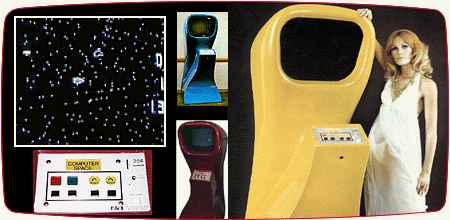
Being fairly young at the time I couldn’t really play, but I was still exposed to its horrors, that still make me feel uneasy to this day. My older brother played, while I watched looking away on the odd occasion if something particularly terrifying occurred. This opened the door for other survival horror games, such as Silent Hill. This game had a rather more disturbing quality. Something that I don’t think has quite been recreated ever since. These series in particular still have regular releases and a loyal fan base to this day. I feel Playstation and the games that were made for it, gave us the idea that computer games can be cool, a glimpse into the modern day game world. My very first memories of games were on the Playstation, never playing but just watching. As we move over into the 2000’s we see graphics greatly improving at a fast rate. Many game series are starting or producing sequels, as well as the next generation of popular consoles. 2000-2001 saw the return of playstation with the playstation 2 being released. With this release came the next instalment of the well-known game series, Grand Theft Auto 3.

This was the first game in the series that used the 3D format. Players were left in awe at a new, realistic world, something that took some getting used to. Being able to cause trouble and start car chases in this new format made it all the more exciting. We also saw the birth of its future rival in 2001, Microsoft jumped on the games bandwagon and with a tonne of cash, and introduced the Xbox. With the Xbox came Halo, again desperate to get a piece of the games market they put a huge sum of money into releasing a game that would create a hysteria and frenzy for the Xbox. Halo was the main selling point for the Xbox, a futuristic first person shooter that was like no other game on the market. It immersed players in an unique environment with an action packed storyline and a new concept of enemy, leaving players struck with awe with what Bungie actually achieved, creating a global fan base from just one game.

Over the next few years more game series were released spread across the different consoles and platforms. With each passing year, games had greater graphics and also the age of new gimics in gaming. In 2005 the game Guitar Hero was released. A role playing game with a difference. Players could physically feel like they were playing lead guitar in a rock band. This became a worldwide phenomenon, with a couple of spinoff idea’s. A year later Nintendo returned with a radical new way of gameplay. An interactive wireless controller that allows the players movements to control the game. The selling point was multiple players, physically getting involved with game play. Playstation and Xbox, the main competitors joined in after just releasing their next generation consoles (PS3 and Xbox 360) they also decided to go interactive, with the Xbox releasing the Kinect and Playstaion releasing Move. Both allowing the player to physically be part of the game. Another area of gaming that begins to thrive in the 2000’s is online gaming. Huge communities spanning across the globe all playing together.

Games such as World of Warcraft became another gaming phenomenon, which paved the way for other gaming communities to emerge and thrive in an ever changing technological world. With greater graphics and new technologies for long running, well-loved series, the games industry is set to create more milestones in history. I personally, wanting to be a game artist, cannot wait to see where the gaming world is heading. To be a part of such a thriving industry which is always changing with new exciting idea’s. We can only imagine what the games world has to offer us. Me being not the most hardcore gamer, I much prefer to sit back and see the developments, with the occasional



